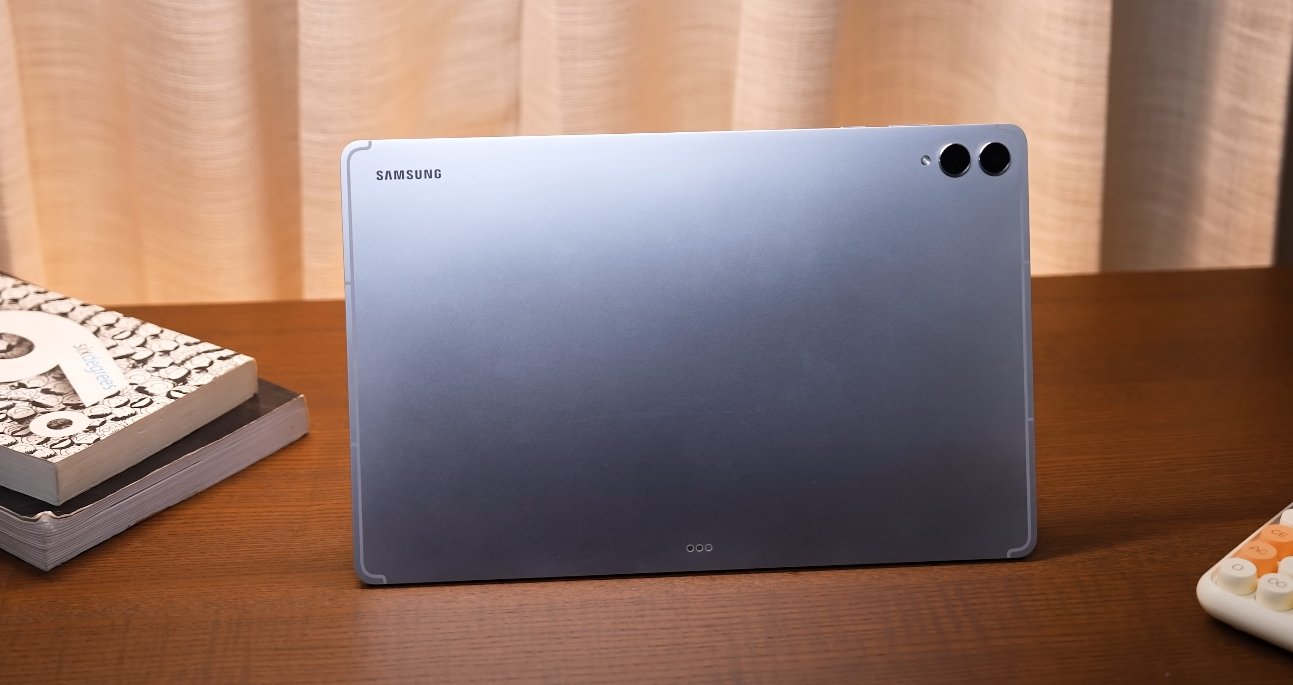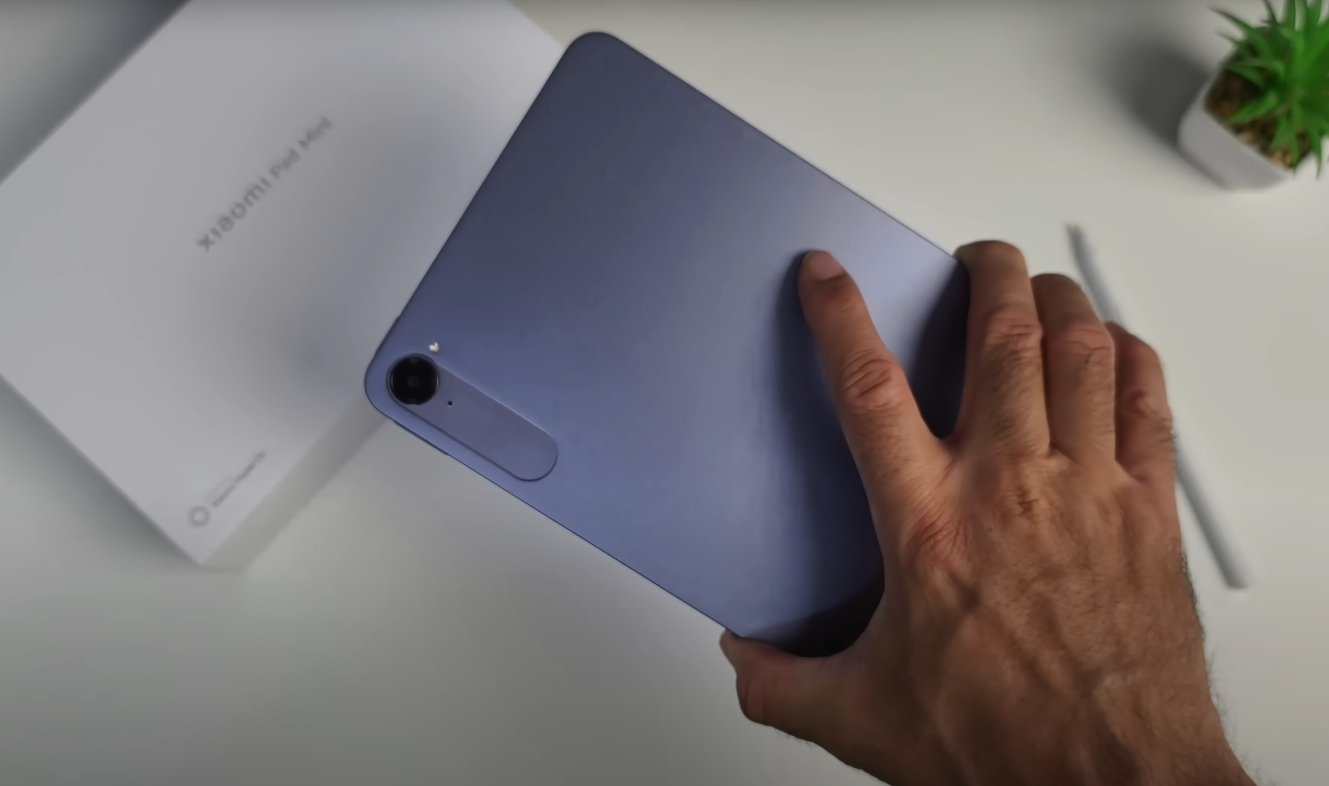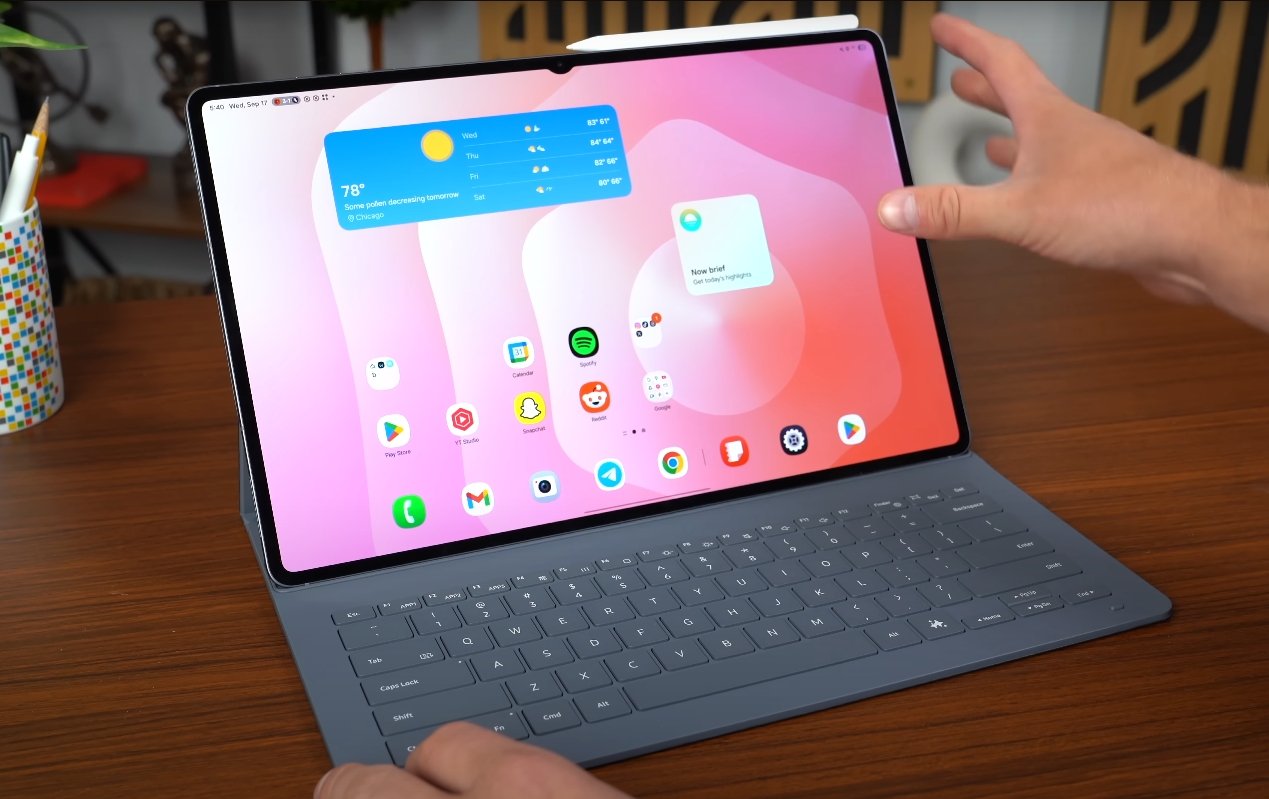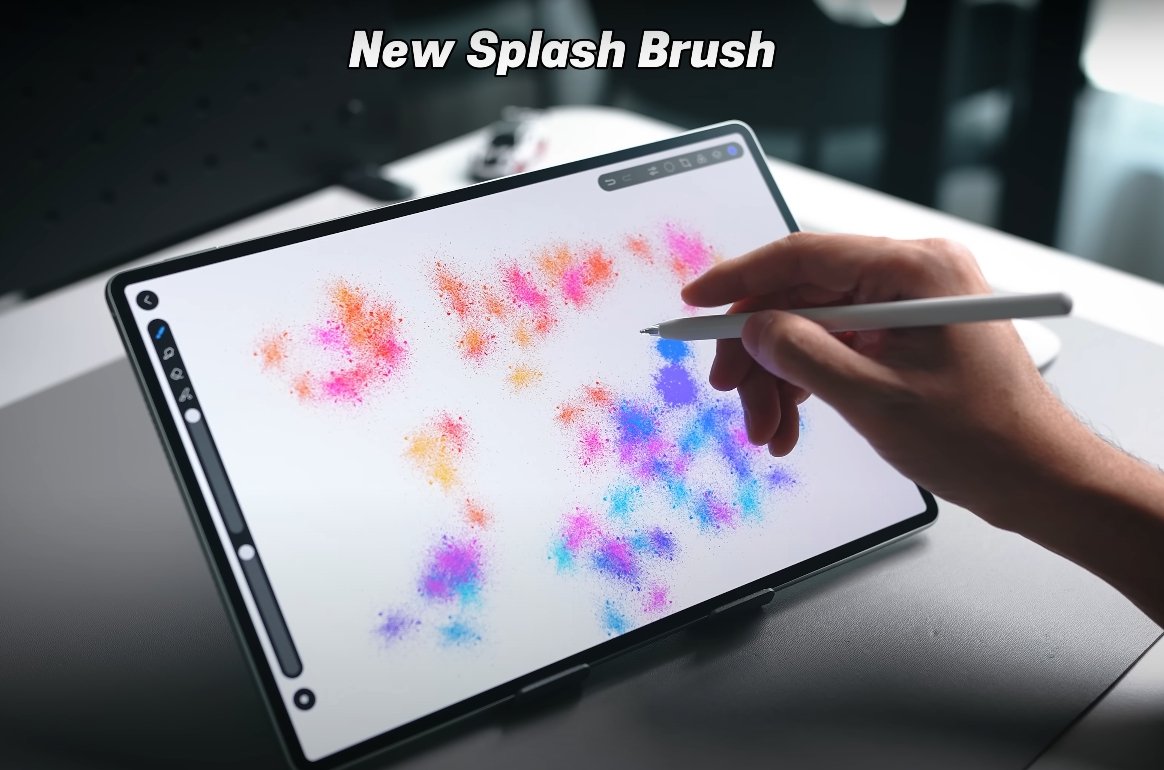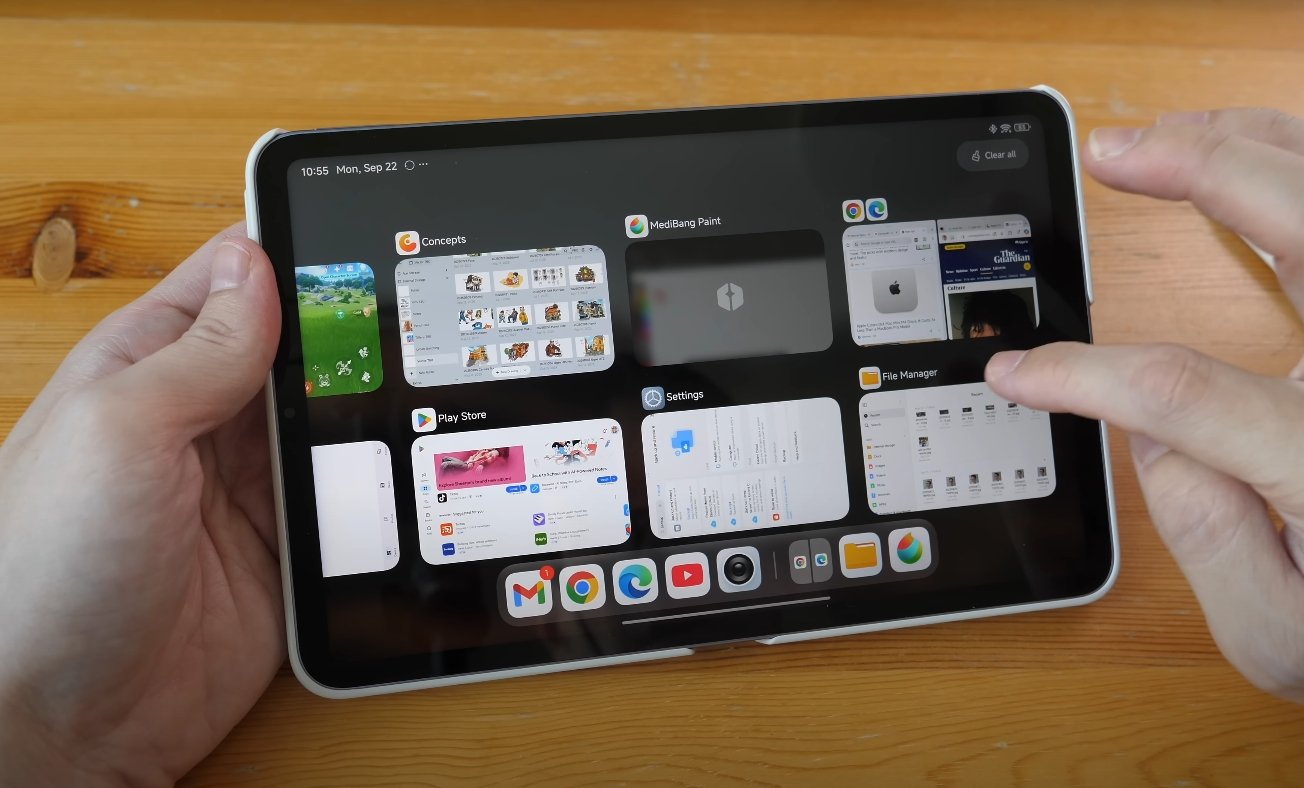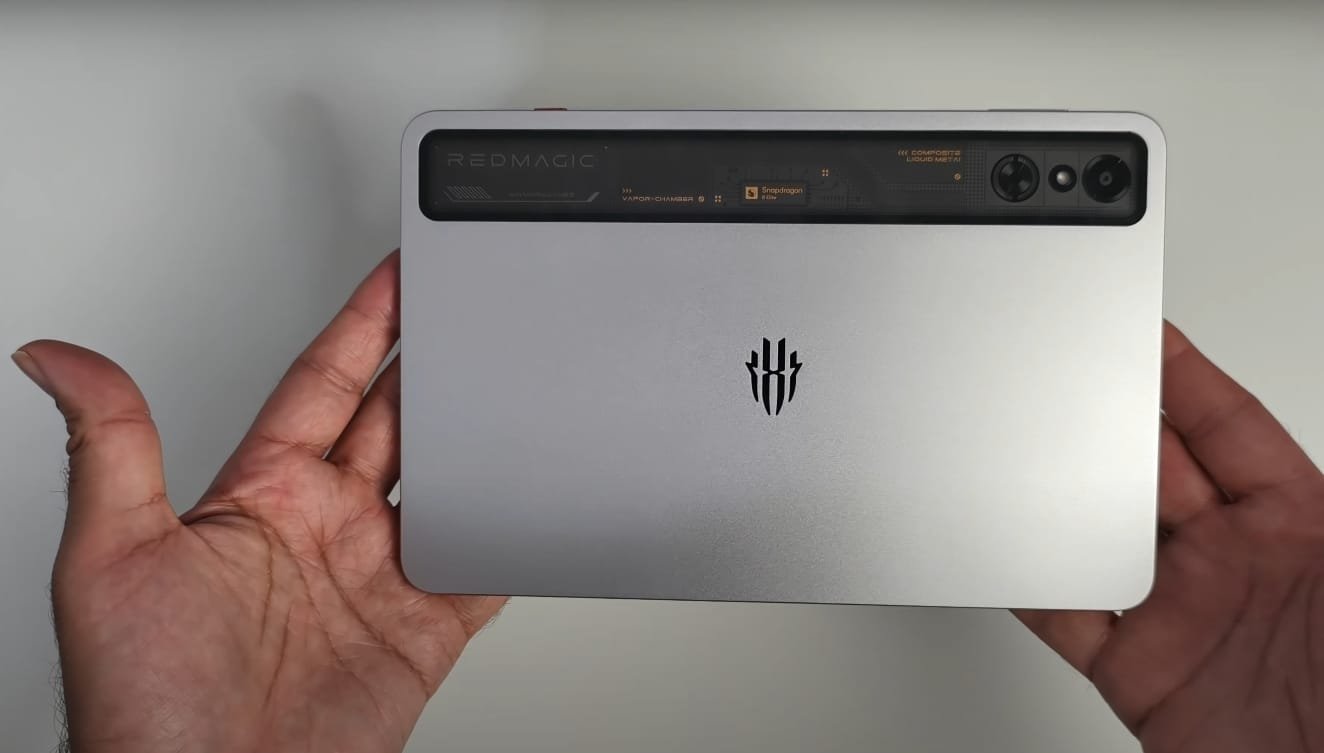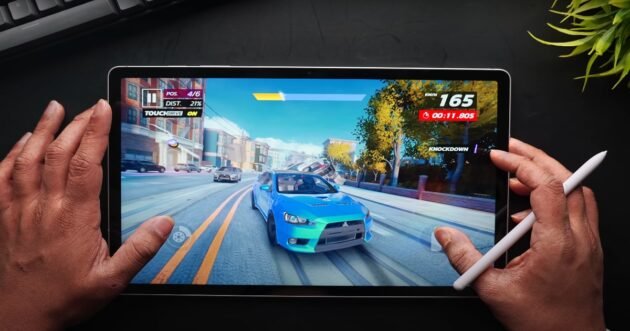A First Look at Samsung’s Next Flagship Tablet
The highly anticipated Samsung Galaxy Tab S11 Ultra has been making headlines after fresh design renders surfaced online, giving an early glimpse into what could be the next major upgrade in Samsung’s premium tablet lineup. The new leaks suggest that the device will refine its already premium aesthetics while integrating subtle design and hardware improvements aimed at maintaining Samsung’s lead in the Android tablet market.
The renders reveal a design that closely follows the Galaxy Tab S10 Ultra but with a few noticeable tweaks. The front now features a slightly smaller notch, hinting at a shift from a dual-camera setup to a single front camera sensor. This change may help Samsung achieve a cleaner look and potentially reduce the display interruption. The bezels appear to remain minimal, framing what’s expected to be a large 14.6-inch OLED display. The device’s dimensions seem marginally thinner than before, contributing to a sleeker profile that feels more balanced for professional and entertainment use.
On the back, Samsung seems to have opted for a simplified design approach. The dual rear cameras are aligned vertically, resembling the look seen on Samsung’s recent Galaxy S-series smartphones. Interestingly, the traditional magnetic S Pen strip is absent in these renders, suggesting Samsung might relocate the stylus charging area to the tablet’s edge or introduce a new attachment method. This would make the back surface cleaner and more uniform, offering a more polished aesthetic suitable for high-end users and business professionals.
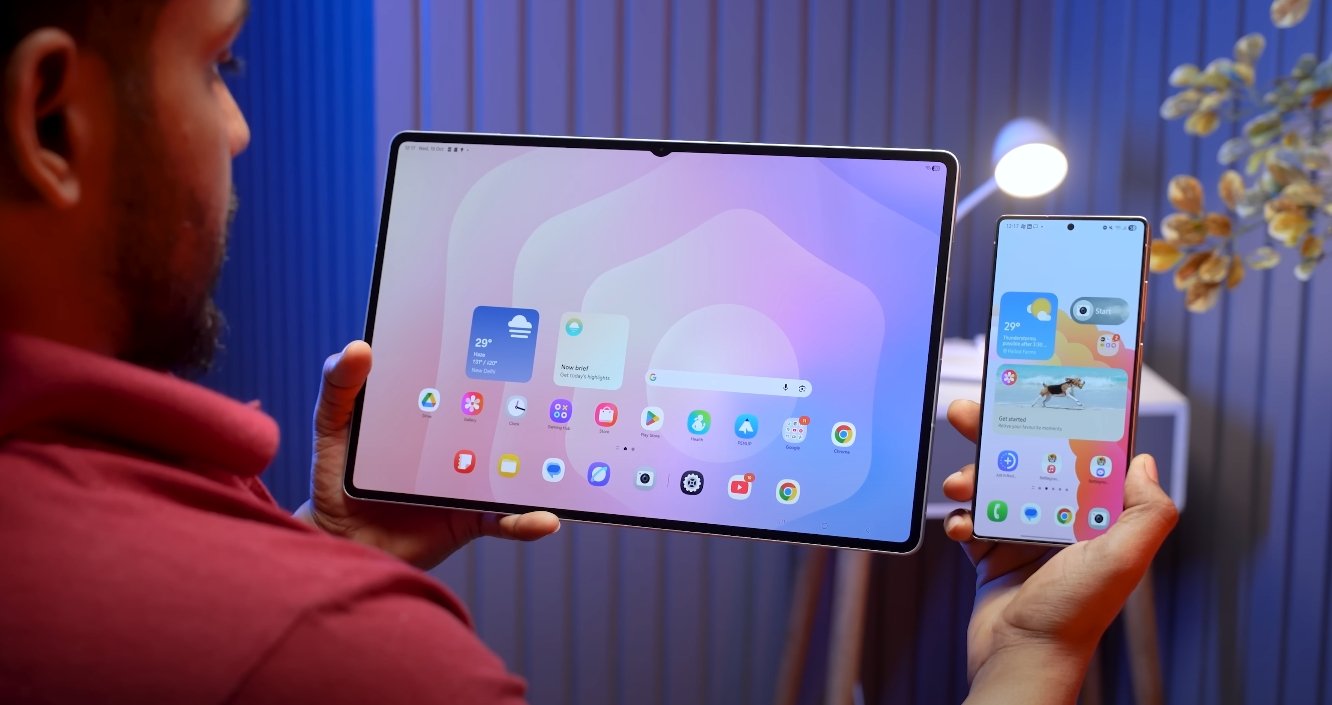
Performance-wise, the Galaxy Tab S11 Ultra is expected to be a powerhouse. Reports suggest that Samsung may use the MediaTek Dimensity 9400+ processor or an equivalent high-performance chipset, marking a shift from its earlier Snapdragon reliance in certain markets. Coupled with up to 16GB of RAM and storage options reaching 1TB, the tablet seems designed to handle heavy multitasking, 4K video editing, and gaming with ease. The software will likely be based on One UI 8, running atop Android 16, bringing enhanced productivity tools and better optimization for large-screen workflows.
Battery life has also been a key point of focus for Samsung’s Ultra tablets, and this generation is expected to feature an 11,600mAh battery with 45W fast charging support. Such capacity should easily sustain extended creative or work sessions, making it ideal for professionals who rely on tablets for design, presentations, and note-taking. Combined with possible Wi-Fi 7 connectivity and improved Bluetooth performance, the Tab S11 Ultra could deliver faster data transfer and smoother device pairing experiences.
Samsung’s decision to retain the expansive OLED display suggests the company is not ready to compromise on its signature visual quality. The screen is expected to feature a high refresh rate for fluid animations and superior touch response, enhancing both productivity and entertainment experiences. Paired with quad speakers tuned by AKG, the tablet is likely to deliver one of the best multimedia experiences in the Android ecosystem. This approach continues Samsung’s strategy of positioning the Ultra model as a true hybrid between a laptop and a creative canvas.
If these leaked renders and details hold true, the Galaxy Tab S11 Ultra will mark another significant step forward in Samsung’s tablet design philosophy. The refined aesthetics, combined with powerful hardware and a more integrated software experience, suggest that Samsung is preparing to further bridge the gap between tablets and laptops. As the competition from Apple’s iPad Pro and other premium Android tablets intensifies, the Tab S11 Ultra could emerge as the defining Android flagship for professionals and creators who need high performance on the go.
With its rumored September 2025 unveiling, anticipation continues to grow around what could be one of the most advanced tablets of the year. The design language, performance enhancements, and ecosystem integration indicate that Samsung is not merely refining its tablets—it’s reimagining what a high-end Android device can deliver in terms of power, portability, and style.
Also Read: Moto Pad 60 Pro Gaming test
